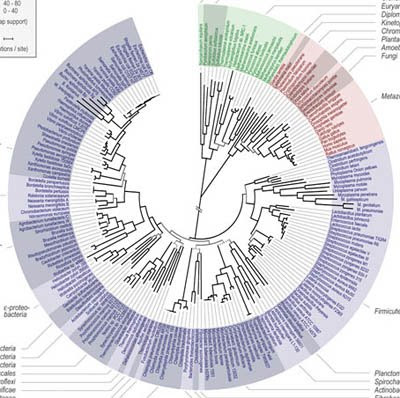I know that it is of no use to try and have a reasonable conversation , but her goes for intelligent people.
Sounds very objective and no bias here.
No in the slightest. Its up to the objective evidence. Objective evidence is not up to anyone. Its reality. Its fact. The fact that people are not educated enough to know what it means, wont change reality.
Seems clear to me that you are not responding to the point at hand, but instead wishing to address what you subjectively think was being stated. I do appreciate your inadvertent assistance in making my point (up to you really).
Existing, objective evidence certainly is very helpful in determining whether one should believe in things or not.
"Should" believe or not is, IMO, very dangerous territory. I would wonder to what degree that "should" is carried with you? This is antithesis of "up to you really" and is no longer about free thinking, but about what 'standard says you need to believe' (or not believe).
Sets of data are not premises. Theyre facts.
Interesting claim. Curious what, if any, margin of error you would allow for in these data sets? And this is assuming we have accepted, without critical / philosophical investigation of, the base data.
Even more curious how you understand the word 'fact?'
Thats why the word observe is used together with empirical in science. Things like atoms have been empirically observed, but never seen directly. The effects of atoms certainly have been objectively observed.
Never seen directly equals empirical observation? And effects of items unseen are (themselves) objectively observed? I'm guessing that is not what you meant, but do mean that the effects are objectively observed.
And yet, if someone comes along as says the effects of God are objectively observed, we are to disallow that because well, God is unseen. Interesting how that works, and this isn't akin to any sort of word salad BS. I can objectively observe the effects of something that is not observable. Makes sense in scientific circles to say that, but if spiritual person says, I can objectively observe the effects of God who is not observable, then we need to scrutinize every single aspect of that assertion, starting with, um, well you see, if God is not seen, then uh, no, you are gravely mistaken about what you are attributing the effects to. And we'll call this 'informed' and 'reasonable.'
Observe from the Concise Oxford Dictionary, 1987:
Observe (-z-) v. 1. v.t. keep, follow, adhere to, perform duly, (law command, appointed time, method, principle, silence, rite, anniversary, etc.)
So, it is not 1 that we are debating.
2. perceive, mark, watch, take notice of, become conscious of, (person, thing, that, how); the~ed of all~ers, person etc. on whom etc. attention is concentrated.
Could be 2 that we are referencing, though would easily include all empirical data correlating to introspection.
3. examine and note (phenonema0 without aid of experiment.
I would say for sake of science, this is not applicable to our discussion. Unless we merely remove the "without aid of experiment" part.
4. say, esp. by way of comment.
Clearly not applicable to our discussion.
5. v.i. make remarks (s) on.
Clearly not applicable.
6. Hence~able a. (ME, f. of observer f. L OB(servare keep) watch, attend to].
May be applicable, and is the least clear definition of the 6.
Thats why the words empirical and objective are used with the word evidence in science. Evidence has to be objectively observed. Not directly observed, but empirically observed. It doen't mean "directly". Nothing supernatural has ever been empirically observed. Nature has.
You are not explaining why the words are together, other than to say, "it is not directly observable, it is empirically and objectively observed." Again, no explanation, just an appeal to false authority. It must be done this way, because this is how it is done.

